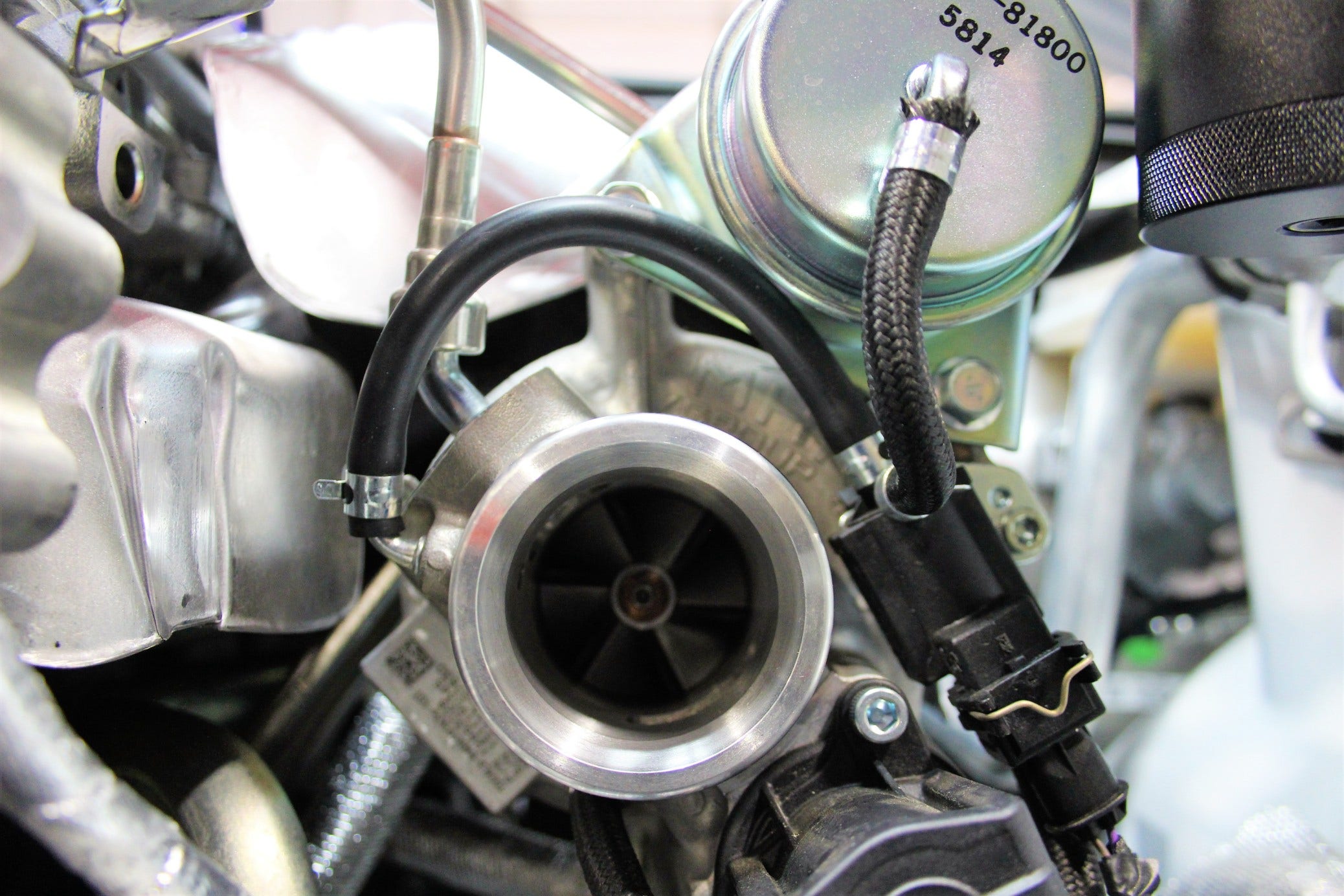With the recent release of our Pro Cat-Back Exhaust for the 2016+ Chevy Camaro 2.0T, we have one more variation for you to check out - the Race Axleback. While it may look like a step down from our Catback, I must say that this exhaust couldn't be any more aggressive.
Even though the cat-back is a full exhaust, it does have two muffling units towards the rear of the system (straight piping from the downpipe would be unbearably loud). This Race Axleback is essentially a full-on straight pipe for the rear section. From the mid-section of the factory exhaust all the way to the end of the rear bumper, there will be absolutely nothing impeding flow or sound, so it turns this mild 2.0T LTG into something completely different. I won't hold anything back here. There was little attempt to tame the sound coming from this exhaust design. This exhaust will crackle, drone, pop, and make surrounding ears curious. See for yourself in our comparison video below!
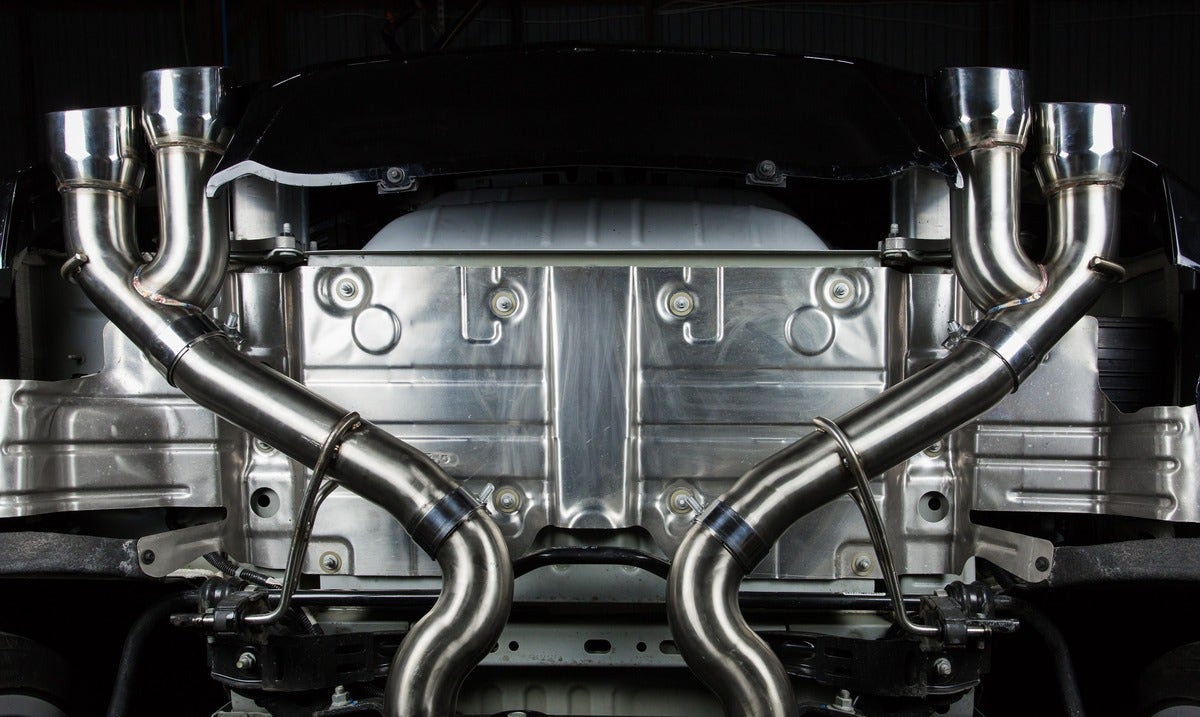
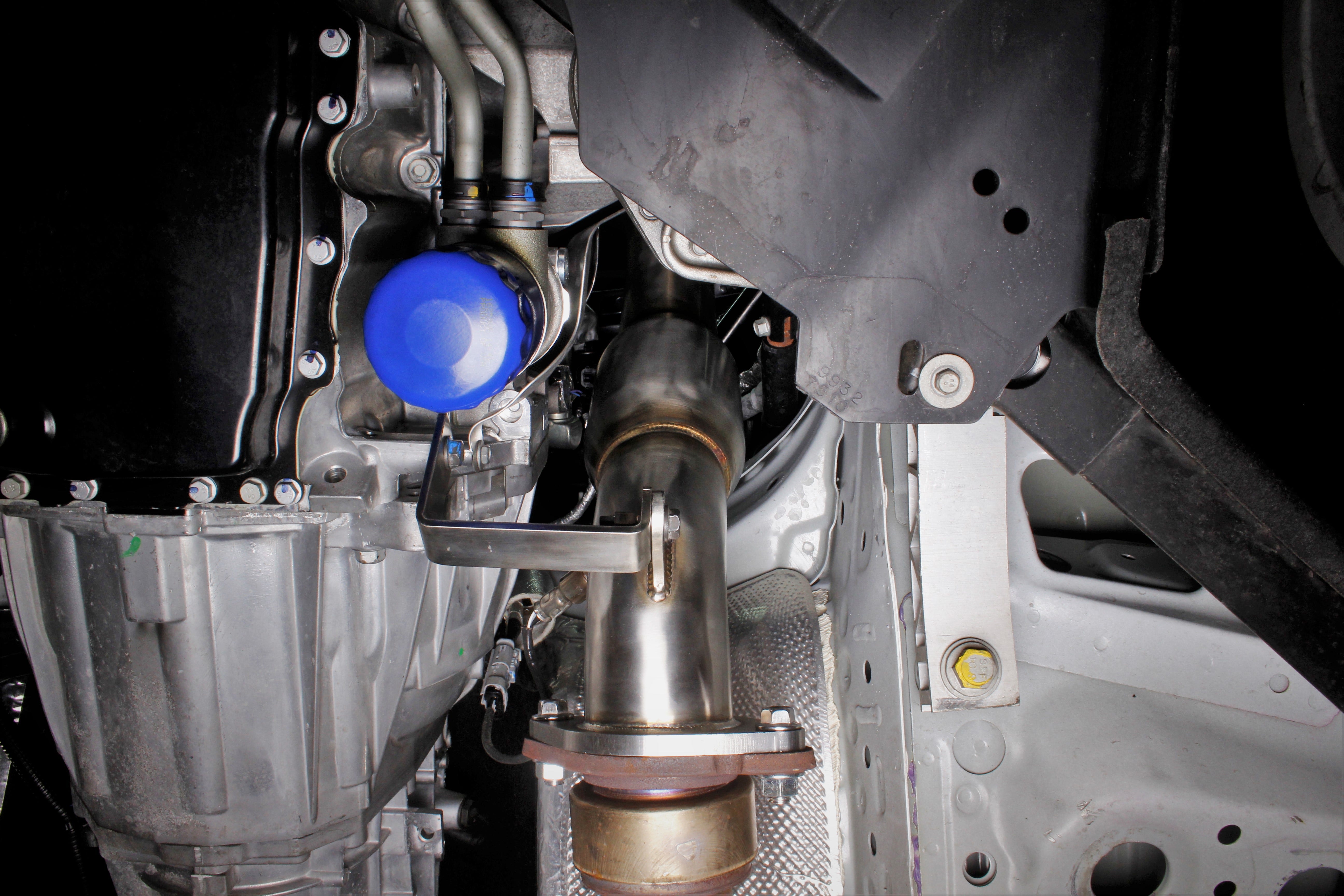
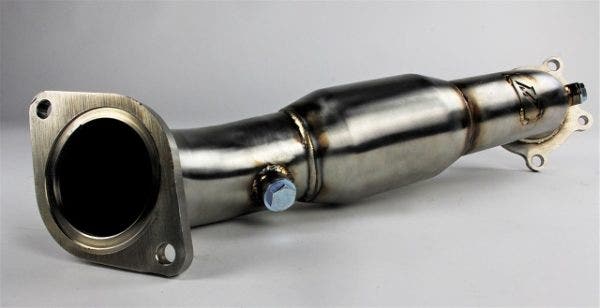
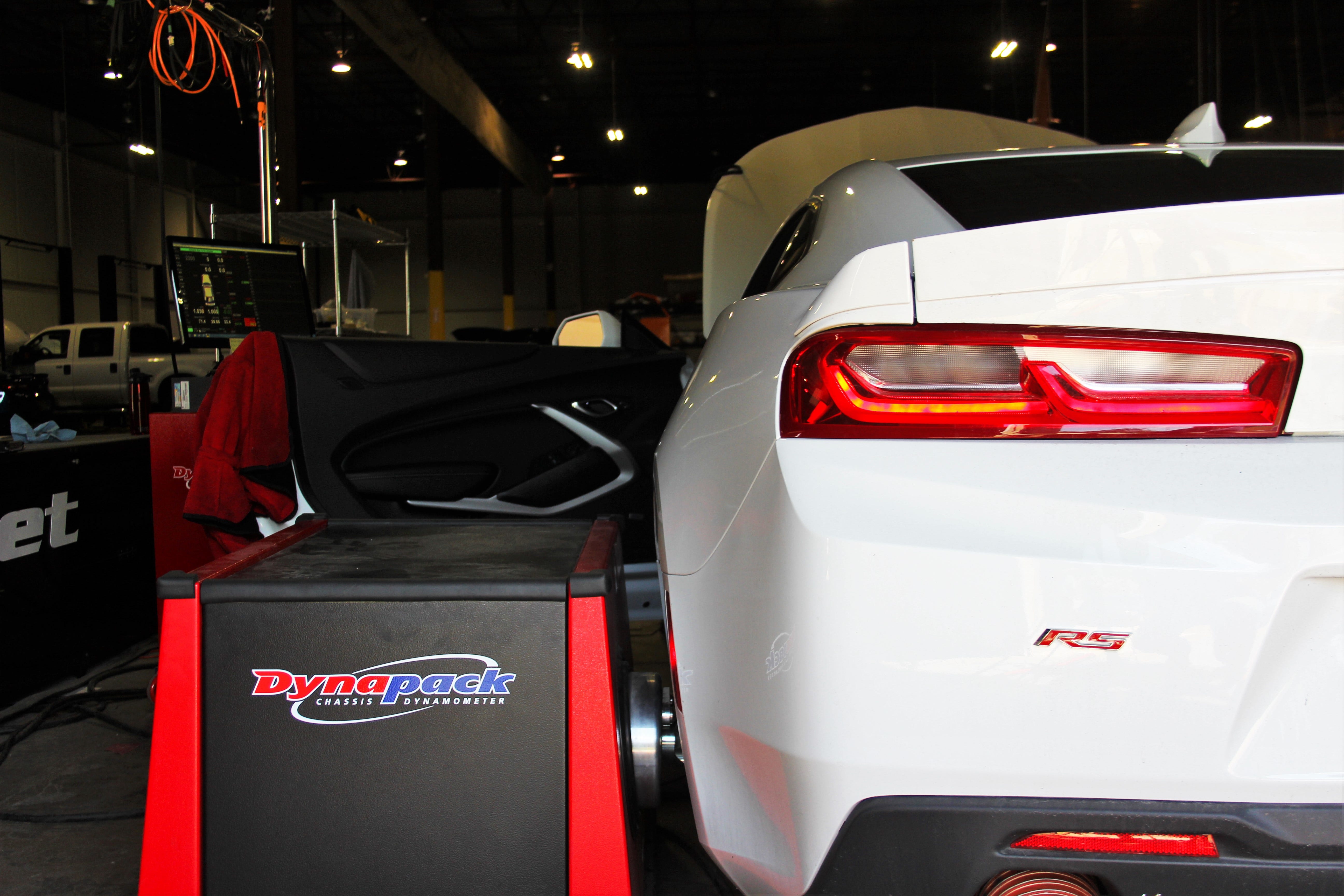
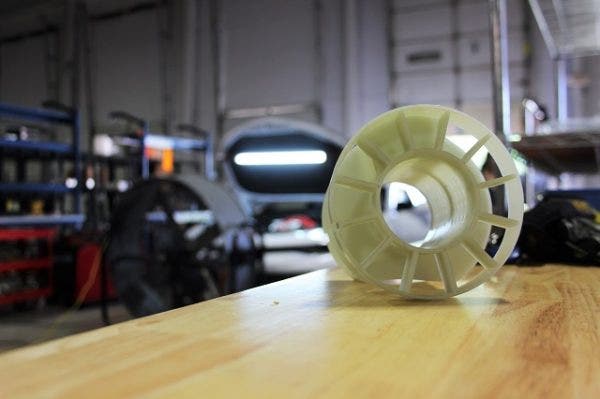 " width="600" height="399">
" width="600" height="399">
